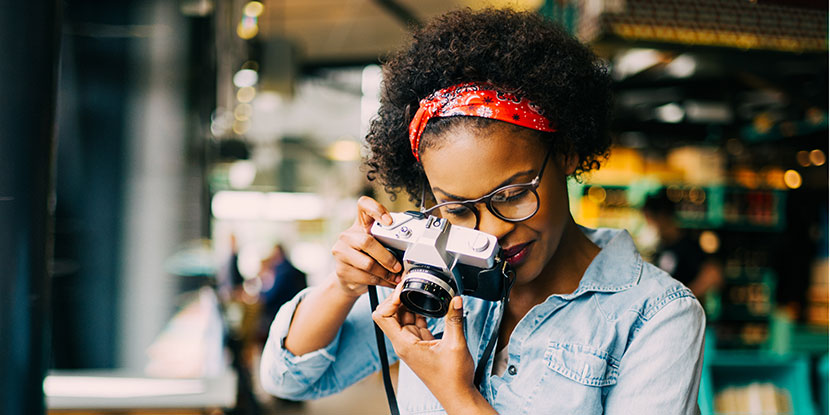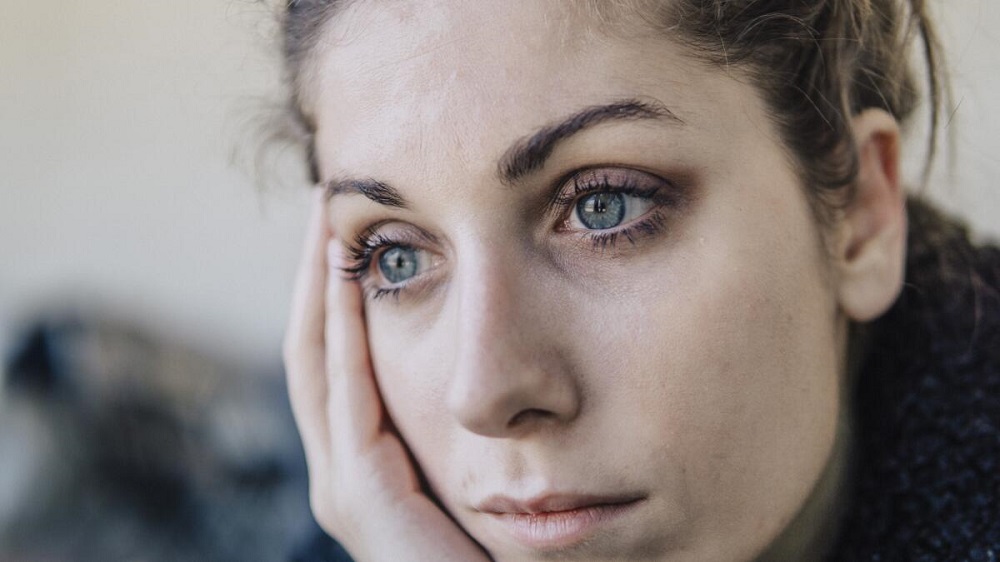The dominant eye is the one that you look at most often. It’s also the one that receives the most stimulation from your environment, so it can be easy for us to forget about it when we’re taking portraits. But centering your dominant eye when you take photos will give your portrait shots an extra boost of energy and confidence!
Understanding the dominant eye
In portrait photography, it’s important to understand the dominant eye and how you can use this information to your advantage. The dominant eye is the most forward-facing one in a photograph. It’s also called “the front” or “the head”.
It’s important to note that when you’re photographing someone with their back turned, they’ll have their head turned towards you and will be looking at their own body—which means they won’t have their eyes closed!

Benefits of centering the dominant eye
Centering the dominant eye is a great way to make your portrait more appealing. The dominant eye is the one that’s looking at you, and it makes up about half of your field of vision. If you want to enhance portraiture, then try centering this area in your photo by making sure everything else is balanced around it.
It’s also important because it gives an impression of depth and makes people feel like they’re looking into someone’s soul or something—which can be really fun!
Techniques for centering the dominant eye
There are a few things you can do to center the dominant eye in your portrait.
- Use a neutral light source. If the ambient light is too bright or too flat, use a flash to eliminate shadows from around your subject’s eyes and create some contrast between them and their surroundings (this will also help with facial skin tone).
- Use high ISO settings so that you can use fast shutter speeds (1/100th second or faster). Aperture should be wide enough to allow in more than one f-stop of light so that everything else stays frozen in time while you frame up your shot before pressing down on the shutter button—but not so wide that it blurs objects outside of where we want them focused on! A tripod is also recommended here since it helps keep things steady without having any shaky photos due to camera shake when shooting handheld; however there are other techniques such as using remote releases instead if needed which would make getting those perfect shots easier than ever before!
Tips and considerations
- Use a neutral background. A white or off-white backdrop is best, as it won’t make your subject look washed out by comparison.
- Use a neutral color scheme. If you’re shooting outdoors in the winter months, be sure to choose something that isn’t too warm or bright—a cool blue or green would work well here!
- Make sure your lighting is consistent with other elements of your portrait photo shoot; try using an overcast sky and/or umbrellas to provide some shade from direct sunlight so that it doesn’t overpower everything else going on around you while still providing plenty of sunlight itself without being too harsh on anyone’s features (especially important if you’re looking for detail in someone’s eyes).
Conclusion
All in all, centering the dominant eye is a great way to enhance your portraits. It’s easy to do and it can totally transform the look of your images. The key is finding the right balance between foreground and background so that they don’t compete with each other or become distracting elements in their own right.

